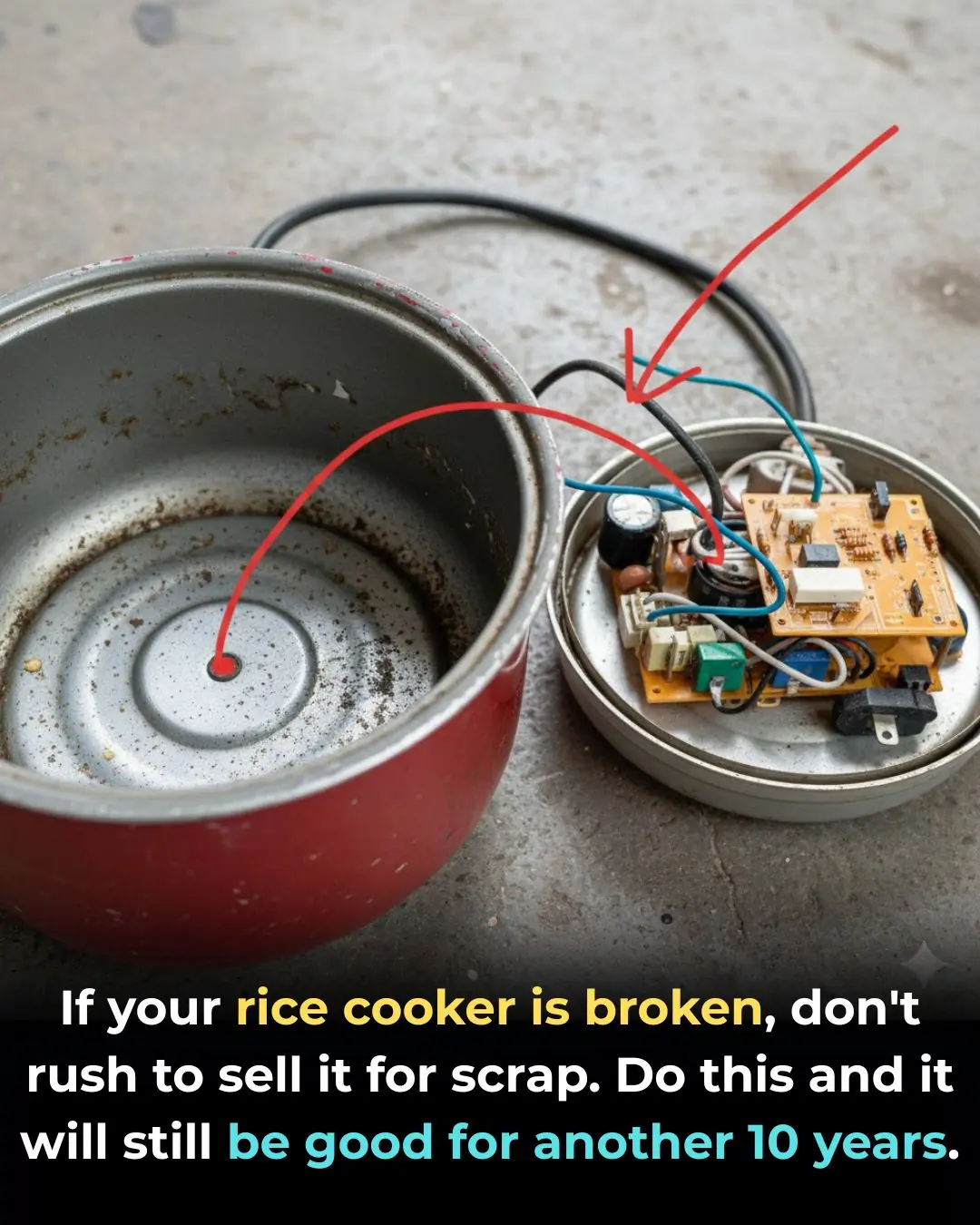
For those who sleep with wet hair, you should know that…
We’ve all been there — taking a late-night shower, skipping the blow-dryer, and heading straight to bed with damp hair.
But is it actually harmful, or are we just repeating old myths? Let’s break down what’s true, what’s not, and how to keep both your hair and scalp healthy.

Myth 1: “Wet hair attracts lice.”
Fact: Lice don’t care whether your hair is wet or dry. They spread only through direct contact with someone who already has them — not because of moisture.
They’re usually transferred by sharing personal items like pillows, brushes, hats, or bedding.
Bottom line: Sleeping with wet hair won’t give you lice. Sharing a pillow with someone who has lice might.

Myth 2: “Sleeping with wet hair is completely harmless.”
Fact: Going to bed with damp hair can actually contribute to:
- Fungal growth on the scalp (your warm, moist pillow creates the perfect breeding ground)
- Dandruff or seborrheic dermatitis
- Increased breakage — wet hair is much more fragile
- More tangles and split ends
At night, your scalp becomes warm, humid, and dark. Add moisture from wet hair, and you create ideal conditions for fungal or bacterial overgrowth.
Myth 3: “Air-drying overnight is healthier than blow-drying.”
Fact: While heat damage is real, keeping your hair wet for several hours can also cause problems. Damp hair can:
- Weaken the hair shaft
- Trigger frizz and breakage
- Disrupt the scalp’s natural pH balance
Best approach: Towel-dry gently, then use a blow dryer on low or cool settings until your hair is at least 80% dry before you sleep.

Myth 4: “Only long hair is at risk.”
Fact: All hair types — short, long, curly, straight, thick, or fine — are affected the same way. Why? Because the real issue is the scalp.
Dampness can lead to:
- Irritation
- Fungal infections
- Breakage close to the roots
A healthy scalp = healthy hair, no matter the length.
Myth 5: “Tying up wet hair prevents damage.”
Fact: It may feel practical, but tying up wet hair often makes things worse.
- Wet hair stretches, swells, and snaps more easily
- Tight hairstyles can cause tension alopecia — thinning caused by pulling at the roots
Tip: If you absolutely must tie it back, use a loose braid, soft scrunchie, or silk hair tie.

Better Nighttime Habits for Healthy Hair
If nighttime showers fit your lifestyle, here’s how to protect your hair while you sleep:
- Use a microfiber towel to remove excess moisture
- Dry hair at least 80% before bed
- Leave your hair down or in a loose braid
- Switch to a silk or satin pillowcase to reduce friction
- Keep your bedroom cool and dry to prevent trapping moisture
Final Thoughts
Sleeping with wet hair won’t give you lice or cause instant damage — but repeated dampness can gradually harm your scalp and strands.
Healthy hair isn’t just about products; it’s about consistent, smart habits. If late-night showers are part of your routine, no worries. Just give your hair the care it needs.
Your future self — and your hairbrush — will thank you.
News in the same category

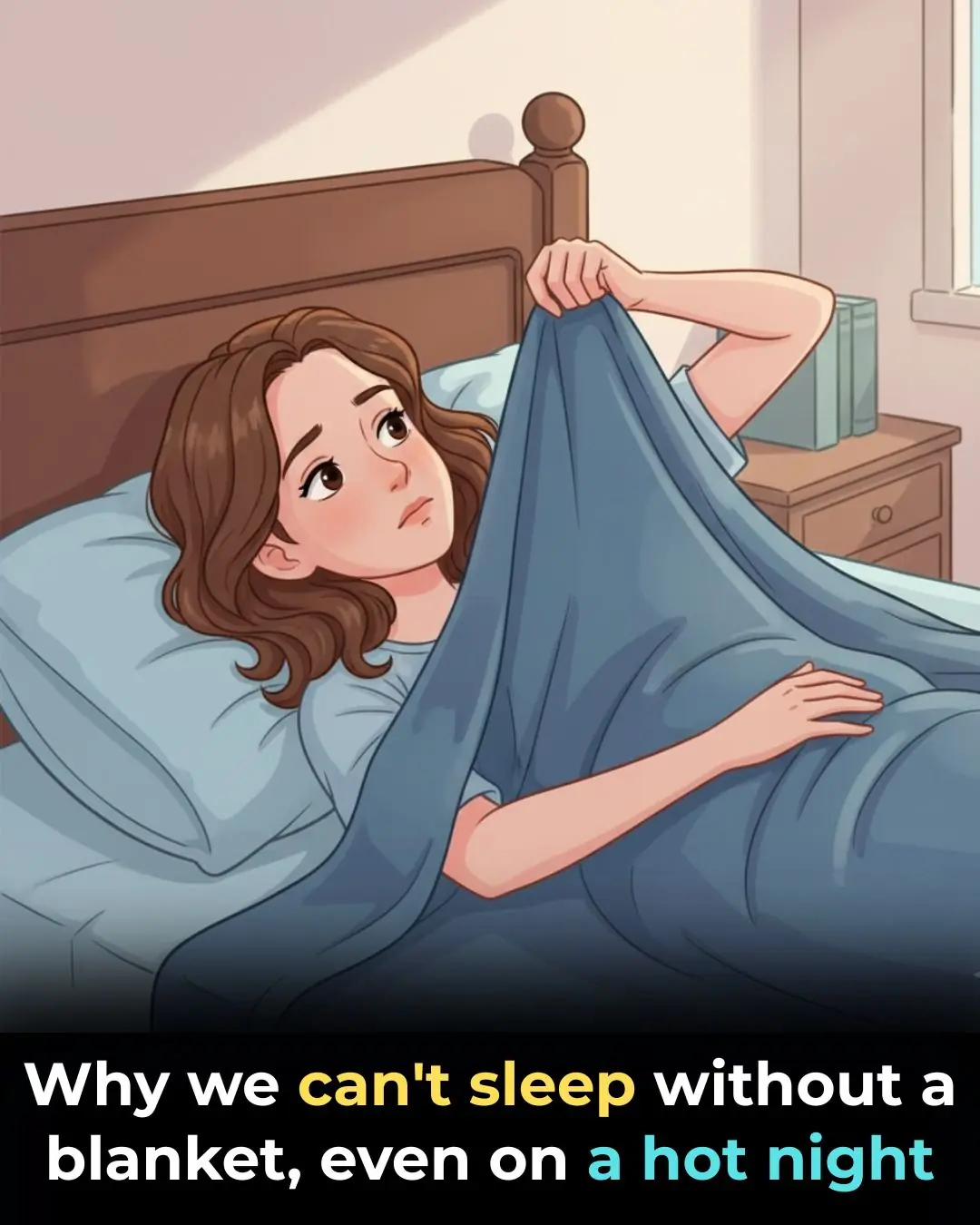
Why We Can’t Sleep Without a Blanket Even on Hot Nights

Revolutionary mRNA Therapy Shows Promise in Preventing Pancreatic Cancer Recurrence

MIT Scientists Develop Injectable Gel That Can Fully Repair Nerves and Restore Sensation

A New Era of Computing: China’s Quantum Machine Surpasses the World’s Fastest Supercomputers

Reviving the Brain’s Waste-Clearing Pathways May Reverse Alzheimer’s Damage

New CRISPR Therapy Shows Promise in Removing HIV and Preventing Viral Rebound

Japanese Scientists Develop Drug That Could Regrow Human Teeth

White House Gives Major Update On Donald Trump's

What’s with the white paint on the tree trunks?

If You See A Bent Tree In The Forest, Start Looking Around Immediately

Scientists Discovered A Sinkhole 630 Feet Underground In China Known As “Heavenly Pits”
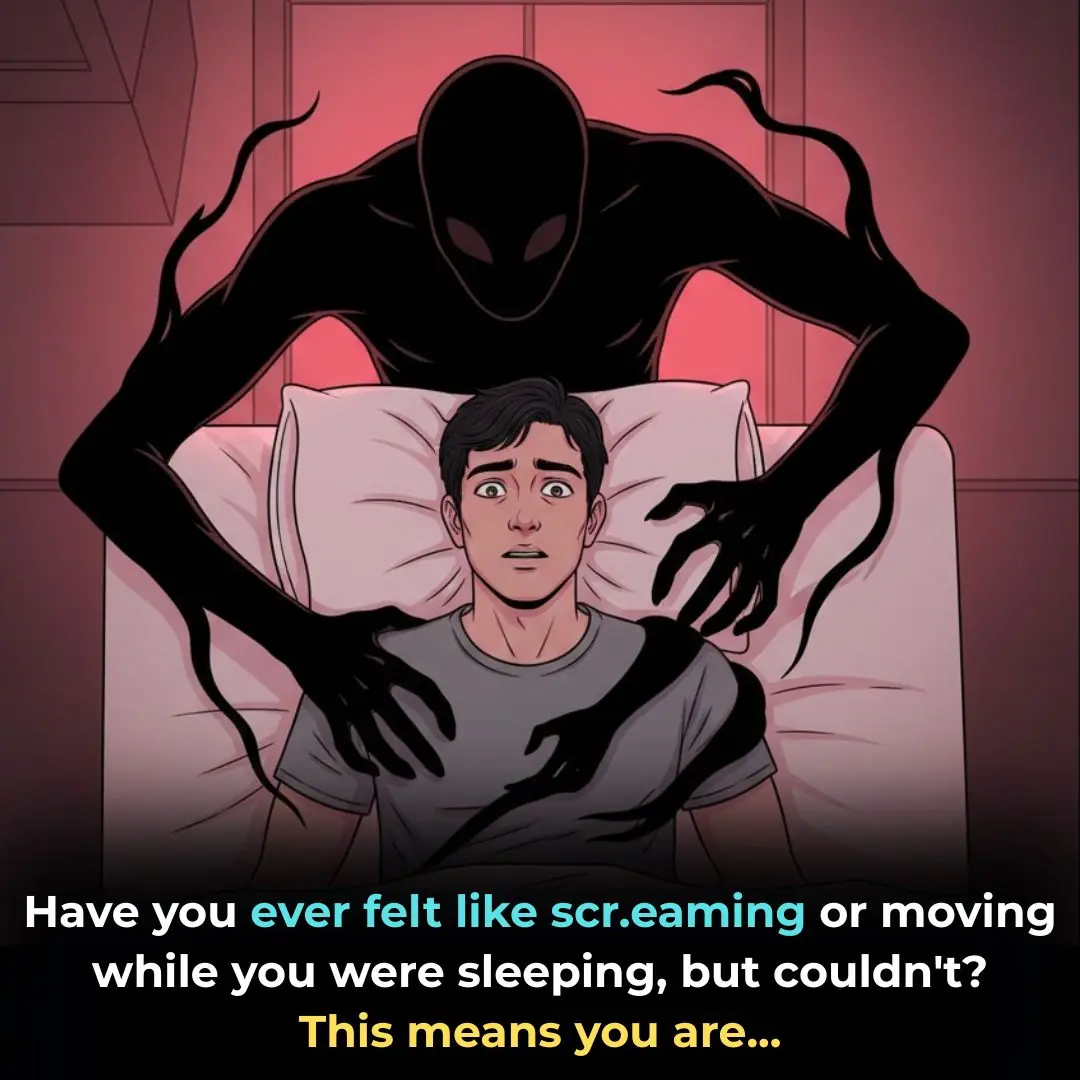
Ever Wake Up But Can’t Move

Are Eggs with Bl00d Spots Safe to Eat? The Truth Behind Those Tiny Red Specks

You’ll Think Twice About Soft Serve

A 42-Year-Old Man Died of a Stroke Despite Not Smoking or Drinking — Doctors Shocked to Find the Real Daily “Killer” in His Diet

How to Remove Water Stains from Wood with Mayonnaise

Close or open the bathroom door for ventilation? It turns out many people still do it wrong
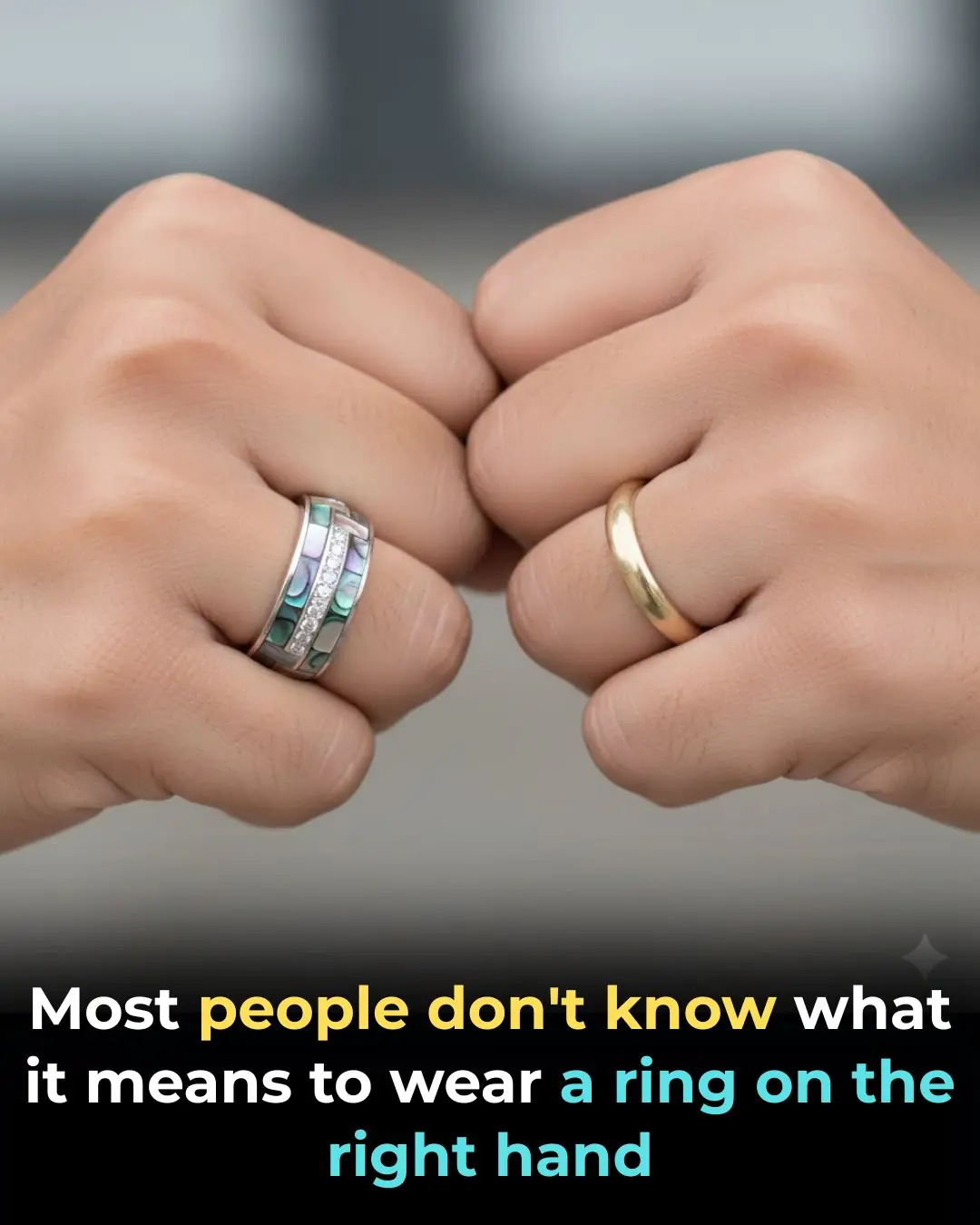
What Does It Mean To Wear a Ring On The Right Hand
News Post

👨👧👦 Sam Thompson Shares "Freaking Out" Fears Over Baby Plans with New Girlfriend

He Tried to Walk the Halls Again: The Remarkable Fight of 14-Year-Old Will Roberts

You Thought This Flower Was Just Decorative – Think Again…

Why You Should Embrace Purslane in Your Garden: 8 Compelling Reasons
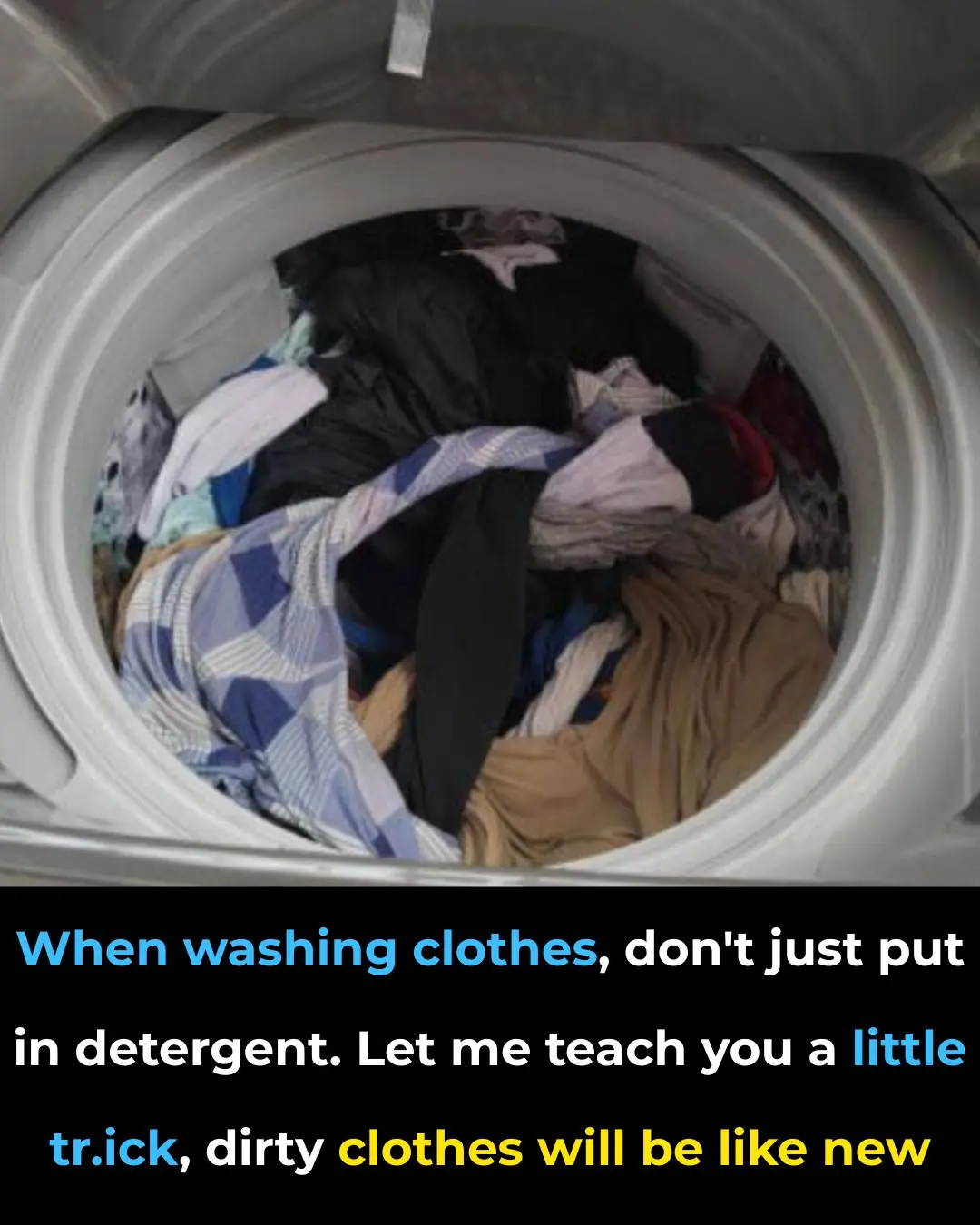
When washing clothes, don’t just put in detergent! Do this little trick, dirty clothes will be like new!

Ginkgo Biloba: Ancient Leaf, Modern Power — Health, Medical & Homemade Benefits

The Nighttime Guardians: How Humans Comfort Orphaned Baby Elephants

A Final Goodbye to Kira: Sixteen Years of Love, Loyalty, and Memories

13 Surprising Signs Your Body Is Crying Out for Hydration
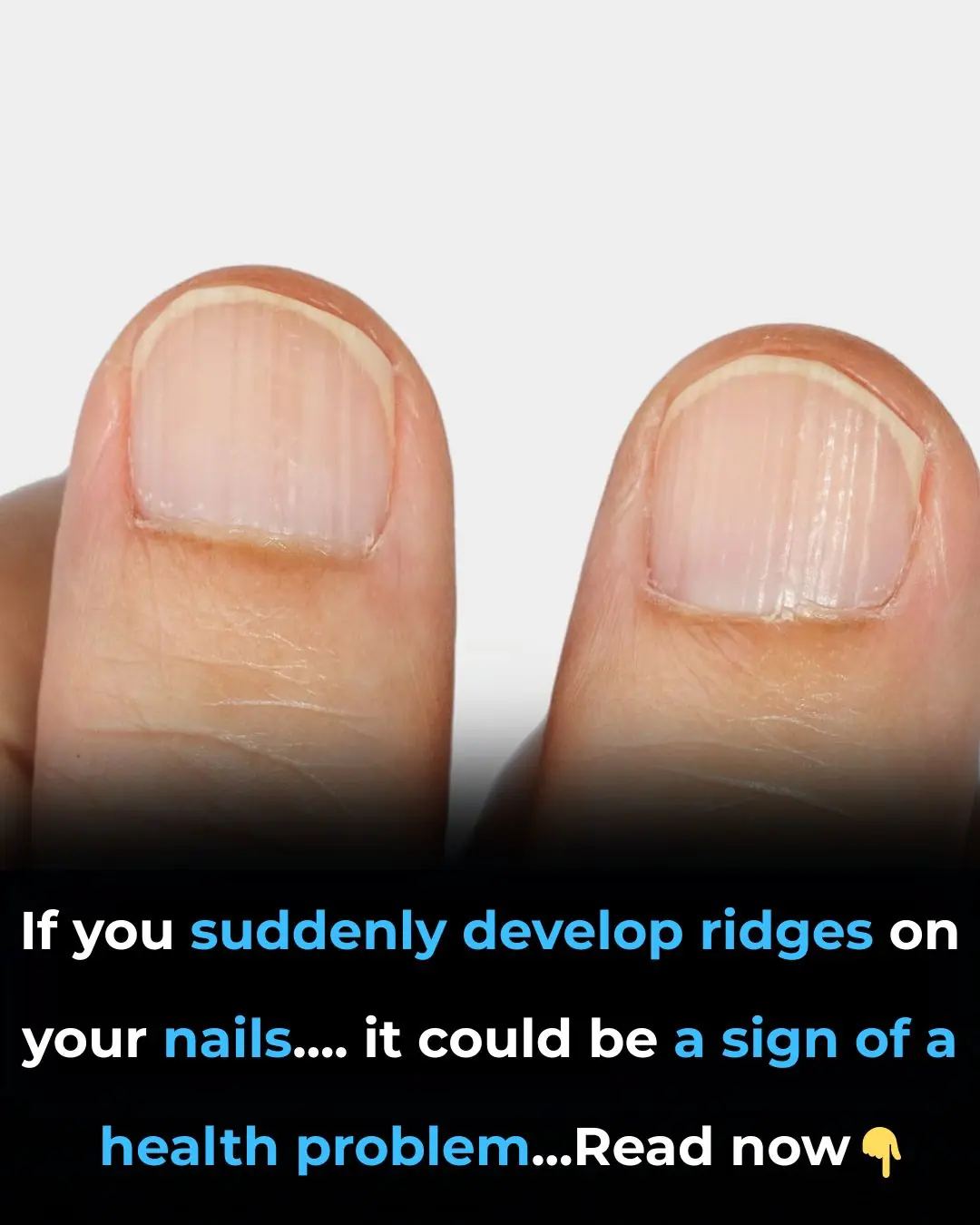
If You’ve Noticed Ridges in Your Fingernails, This Is What It Really Means

Bella the Hero: How a Pit Bull’s Loyalty Saved a Life

How to dry clothes quickly and not smell bad even if it rains for days on end

After 450 Days of Waiting, Neo Finally Finds Home

Why Is Sebastian Telfair Back Living in the Projects After Nearly $19M in NBA Money?

The Revolutionary Legacy of The Alvin Ailey Dance Theater

The 'lightning-fast' secret to making sweet, flavorful Japanese-style sweet potatoes in just 5 minutes
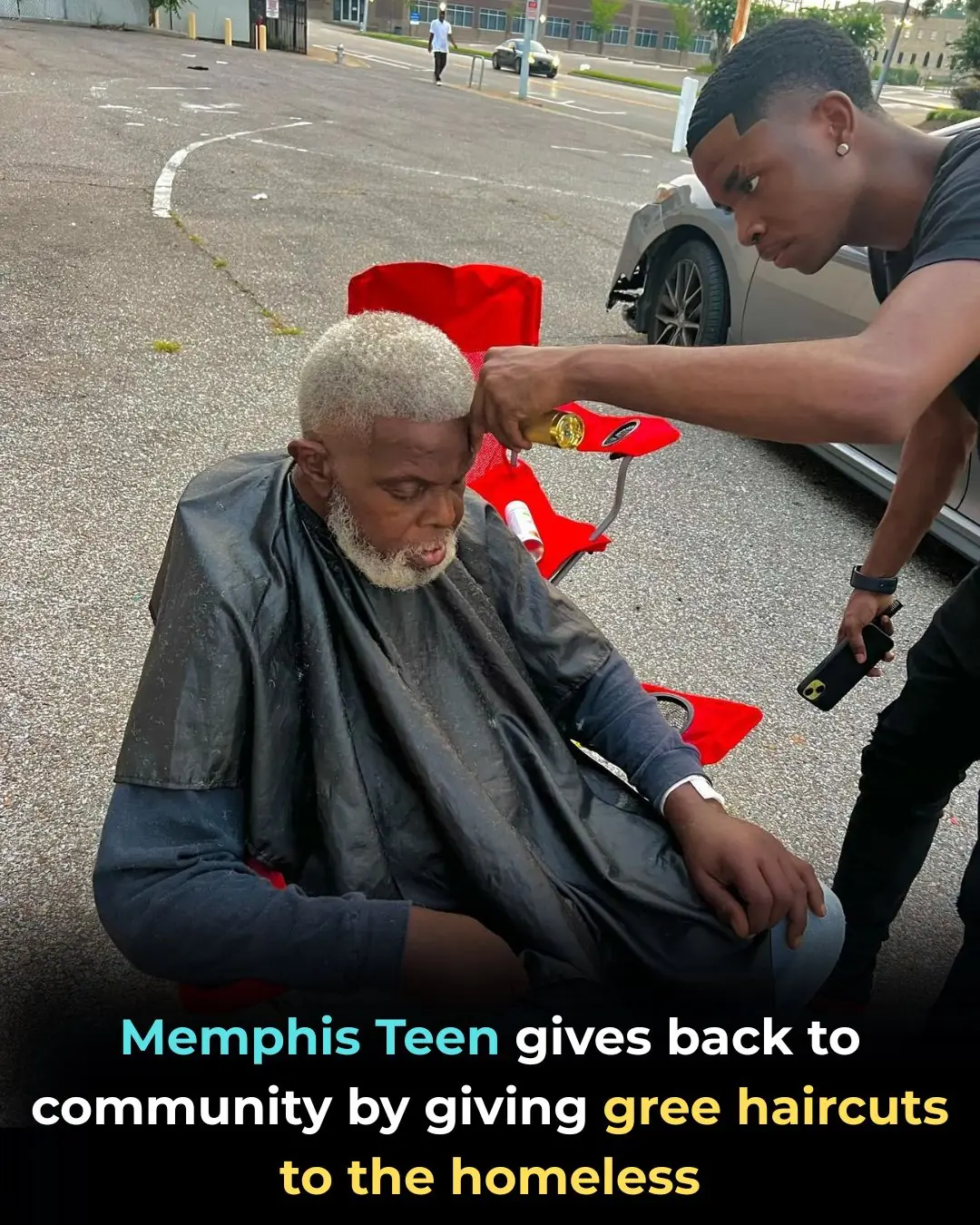
Memphis Teen Gives Back To Community By Giving Free Haircuts To The Homeless

Research reveals the #1 vitamin for eye protection
